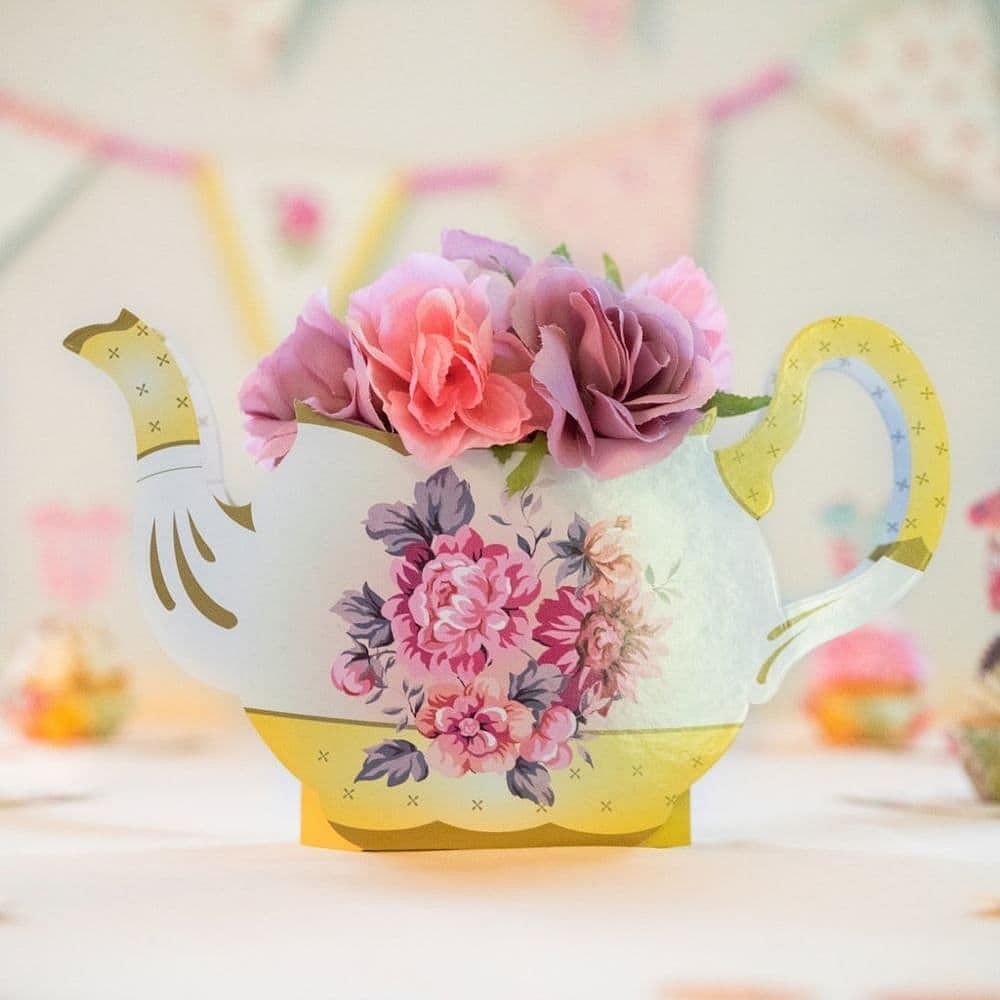It's that time of the year when West Bengal comes to its full glory with Durga Puja or Pujo celebrations painting every street of the city with fun, devotion and celebration.
Durga Puja is not only a festival or celebration, but an emotion for Bengalis across the world. Beautifully crafted clay models of the Goddess are worshipped in pandals and people come together to celebrate Maa Durga. Folk music, culinary, craft, and performing arts make this celebration visually appealing and a must-watch sight.
Kolkata, in particular has emerged as the geographical and cultural hub of the national and global celebrations owing to the yearly festival. The preparations for the five day festival starts in Kolkata at least before six months and the formal celebration begins on the sixth day of Navaratri called Mahasasthi.
Durga Puja in Kolkata is also listed on UNESCO's the Representative List of the Intangible Cultural Heritage of Humanity.
The beginning
It is believed that King Suratha, a Chitravanshi emperor of the ancient Vanga Kingdom in West Bengal performed puja for the Goddess Durga during the month of Chaitra.
As per ancient scriptures, the goddess can only be worshipped during the spring (Vasanta) season. However, Rama supposedly offered worship during Dakhinayan or when the sun is headed on southward journey. This is the time when it is believed that the gods are asleep. To offer puja during this season, one needs to awake the god and the process is known as 'Bodhan' or awakening.
The rituals
The beginning of the festival sees a host of rituals performed to welcome Maa Durga. Here's what done to bring the goddess home.
Kalparambha:
It is performed early in the morning on Shashti Tithi (sixth day) as a part of the beginning of Durga Puja festival. The Kalparambha ceremony is followed by Sankalpa (resolution) ceremony. Here, devotees take the resolution to abide by all the rituals and customs of Durga Puja to perform it the authentic and right way.
Ghata, a water-filled copper pot is placed before Goddess Durga to worship.
Bodhan:
It is believed that the ceremony of Bodhan also called as Bodhon was performed by Rama to Goddess Durga in order to seek help in defeating Ravana. The ceremony is performed in the evening.
Adhivas and Amantran:
It is the procedure of invocating the Devi in the Bel tree, post the Bodhan , is known as Adhivas.
During the ceremony the goddess and Bel tree are worshiped following all the rituals. One of them being sanctifying twenty-six sacramental things. To get rid of evil effect, a red thread (moli) is tied around the altar at puja place followed by amantran ceremony to invite the goddess to accept the puja the next day.
The daily Puja then starts on the next morning after these rituals.
(To receive our E-paper on whatsapp daily, please click here. To receive it on Telegram, please click here. We permit sharing of the paper's PDF on WhatsApp and other social media platforms.)





